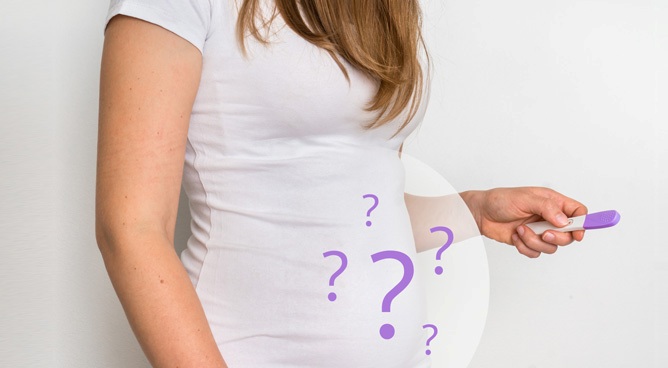Polycystic ovary syndrome and infertility
Rating:
Publication date: 21.04.2021
213

Pregnancy in women with polycystic ovary syndrome depends on the severity of the disease and the patient’s general state of health. The infertility rate can range from 40-90%.
Physiological Conditions In women of reproductive age, more or less during each menstrual cycle, a fluid-filled sac called a follicle grows in the ovary. In accordance with a number of hormonal changes in the body, the enlarged follicle bursts and a mature egg is released, that is, ovulation occurs. This process is a necessary prerequisite for pregnancy.
WHAT TYPE OF INFERTILITY DO WE SEE IN POLYCYSTIC OVARY SYNDROME?
As a rule, infertility in polycystic ovary syndrome is primary, which means that there is no history of pregnancy. However, it can also be secondary. At the same time, infertility is not absolute, it is relative, which means that pregnancy can be achieved with the help of medication or assisted reproductive technologies.
WHAT IS THE PATHOGENESIS OF INFERTILITY IN POLYCYSTIC OVARY SYNDROME?
In polycystic ovary syndrome, the ovary contains numerous small cystic inclusions – follicles. Their number can be 12 or more per ovary. Multiple follicles cause a hormonal imbalance, which in turn prevents the proper conduct of ovulation processes, and as a result, we have an anovulatory menstrual cycle. Moreover, under the influence of anovulatory processes, proper preparation of the uterine cavity – endometrium for embryo implantation is no longer possible. Because of this, the disease is also called “lazy ovary” syndrome. This pathological process, under physiological conditions, excludes the occurrence of pregnancy.
WHAT CAN YOU DO TO IMPROVE REPRODUCTIVE HEALTH WITH POLYCYSTIC OVARY SYNDROME?
- Maintain a healthy weight. If you are overweight, losing 5-10% of your weight significantly increases your chances of getting pregnant
- Eat healthy
- practice
- Monitor ovulation and plan your sex life with the help of your doctor
WHAT IS THE TREATMENT STRATEGY FOR POLYCYSTIC OVARY SYNDROME?
The treatment tactics in each medical case is individual and depends on the severity of the disease and the patient’s desire, how quickly she wants to plan a pregnancy. It can include both ovulation stimulation and the use of assisted reproductive technologies.
TO BOOK A CONSULTATION WITH A SPECIALIST, CONTACT US: 2 99 08 53
MISS: DIGOMI, CHACHAVA 1/LJUBLJANAS 5



